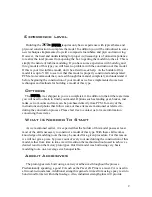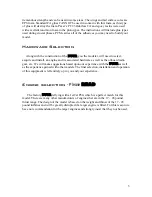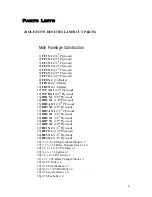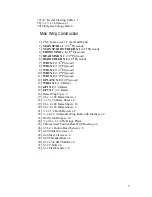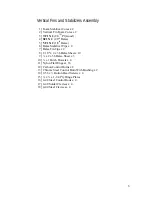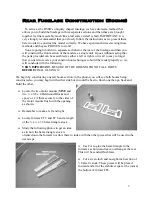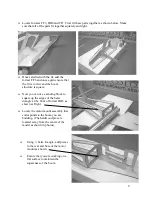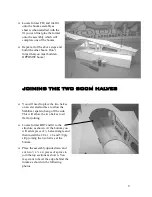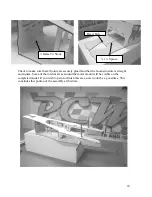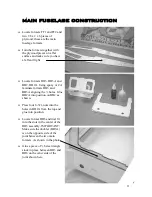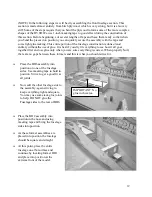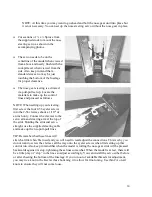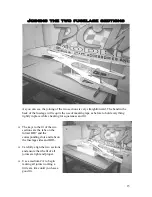Reviews:
No comments
Related manuals for DV8R

F4U-1D Corsair 60cc
Brand: Hangar 9 Pages: 64

Clod Buster
Brand: Tamiya Pages: 28

He 111H-6 nose interior
Brand: Eduard Pages: 6

KICK`N CRAWL BARN 71699
Brand: Fisher-Price Pages: 4

GY401
Brand: FUTABA Pages: 2

UMX Gee Bee
Brand: Horizon Hobby Pages: 19

Flyeaglejet AT3
Brand: Fly Eagle Jet Pages: 9

37671
Brand: marklin Pages: 28

Shoestring 15e ARF
Brand: E-FLITE Pages: 32

Toot-Toot Drivers Press ‘n’ Go Vehicle
Brand: VTech Pages: 3

79520
Brand: K'Nex Pages: 36

SBD-5 Dauntless engine
Brand: Eduard Pages: 2

P-51D Mustang 90
Brand: Kyosho Pages: 30

350-153V00
Brand: QABA Pages: 8

AMERICA'S Building Toy SUPERSONIC SWIRL
Brand: K'Nex Pages: 24

BJT74
Brand: Fisher-Price Pages: 16

Kawasaki Adventure 4x4
Brand: Power Wheels Pages: 28

PKB V1
Brand: Desktop Locomotive Works Pages: 2



